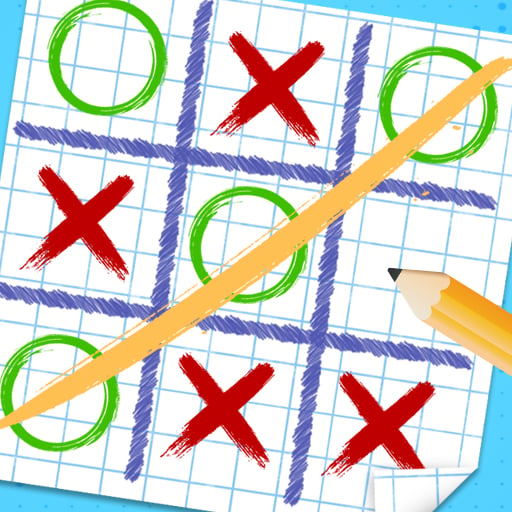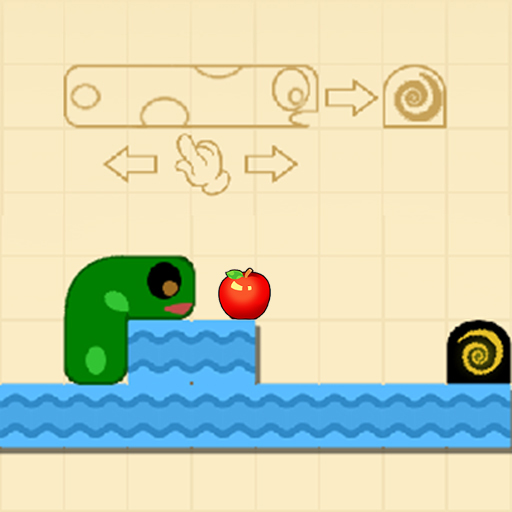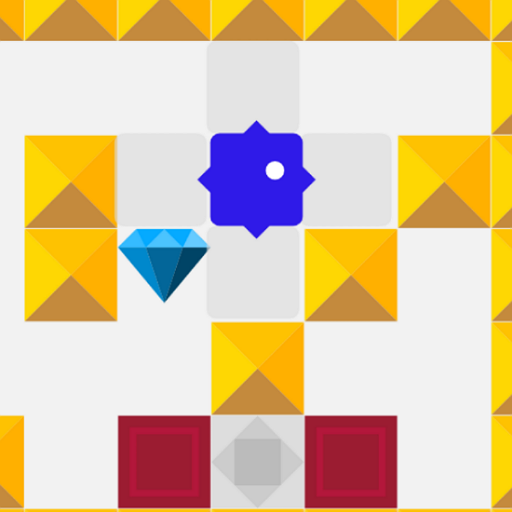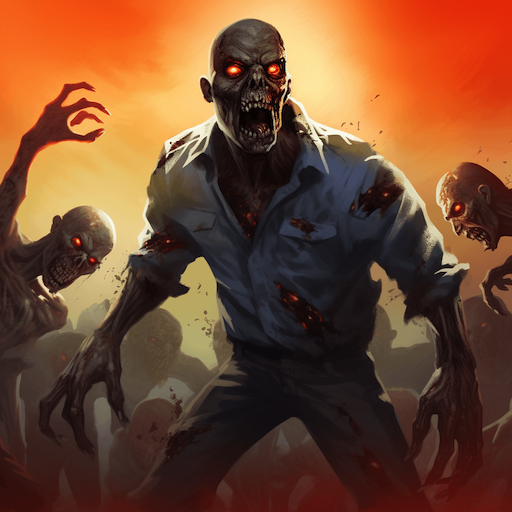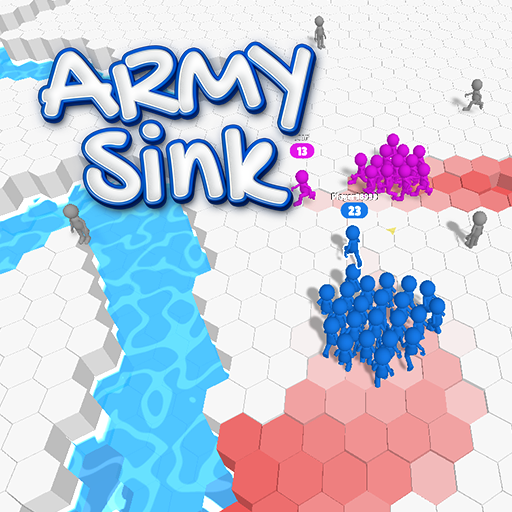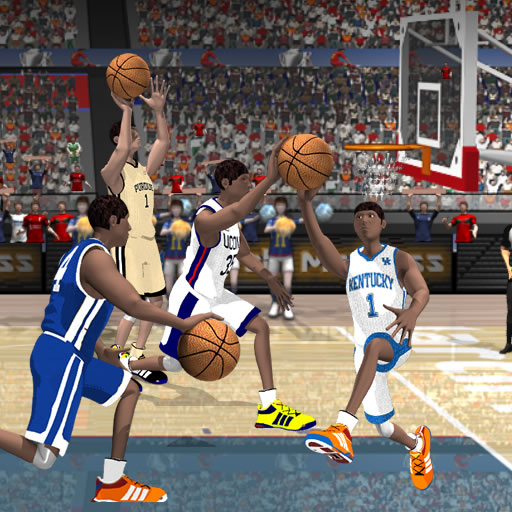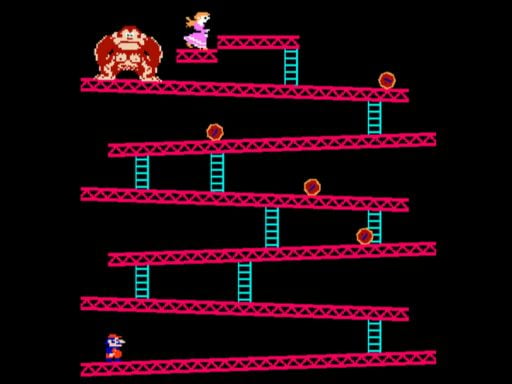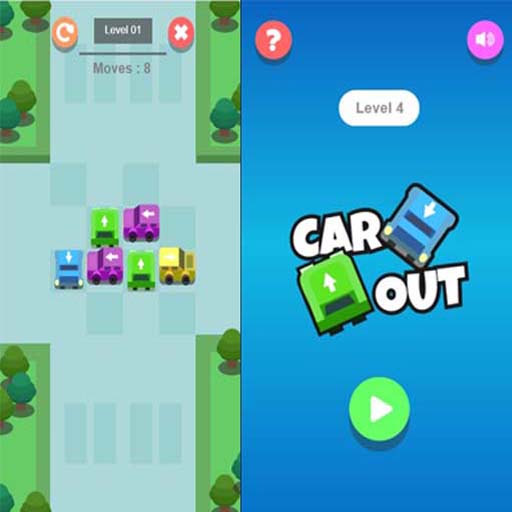Similar Games

Draw And Escape
How To Play
Draw and Escape Game
The gaming world is constantly evolving, offering new and innovative experiences to players worldwide. One such genre gaining immense popularity is the “Draw and Escape” game. This creative and engaging type of puzzle game combines problem-solving skills with artistic expression, challenging players to think strategically and unleash their creativity to progress through levels. In this article, we will delve into the essence of Draw and Escape games, their appeal, mechanics, notable examples, and the impact they have on players of all ages.
What is a Draw and Escape Game?
A Draw and Escape game is a type of puzzle game where players use drawing mechanics to navigate through obstacles, complete challenges, or rescue characters. Unlike traditional games, where players control movement with pre-programmed actions, these games rely on user-generated drawings to create paths, solve puzzles, or interact with the environment.
The beauty of Draw and Escape games lies in their simplicity. Players are presented with a blank canvas or a limited set of tools, and their imagination becomes the key to solving problems. This concept not only enhances engagement but also makes the gameplay feel personal and rewarding.
Why Draw and Escape Games are Popular
The popularity of Draw and Escape games stems from their ability to merge creativity with critical thinking. These games are easy to pick up yet challenging enough to keep players intrigued for hours. The unique mechanics cater to a wide audience, from casual gamers looking for relaxation to puzzle enthusiasts seeking a mental workout.
Another factor contributing to their appeal is the satisfaction of creating solutions with one’s own hands. Unlike conventional puzzle games, where solutions are predetermined, Draw and Escape games allow for multiple approaches to a problem. This freedom to experiment fosters a sense of accomplishment, making each success feel truly earned.
Additionally, these games are often visually appealing, featuring vibrant graphics and charming characters that draw players in. The accessibility of these games, available on both mobile and desktop platforms, ensures they reach a diverse audience.
How Draw and Escape Games Work
The mechanics of Draw and Escape games revolve around the idea of creating pathways or objects that enable characters to move or escape. In most games, players are given a specific goal, such as helping a character reach a destination, avoid hazards, or retrieve an object.
To achieve these objectives, players draw lines, shapes, or other forms on the screen. These drawings then interact with the game’s physics engine, behaving like real objects. For example, a drawn bridge might allow a character to cross a gap, while a circular shape could act as a wheel to propel movement.
The challenge often lies in the constraints imposed by the game. Players may have a limited amount of ink, a time restriction, or specific rules about where they can draw. These limitations encourage creative thinking and strategic planning, making each level a unique puzzle to solve.
Notable Examples of Draw and Escape Games
One of the most iconic examples of this genre is Draw a Stickman: EPIC. In this game, players draw their character and use their drawing skills to navigate through a magical world filled with puzzles and enemies. The game’s charming art style and interactive gameplay have made it a favorite among fans of the genre.
Another popular title is Brain Dots, where players draw lines and shapes to make two dots meet. While the concept is simple, the game’s increasing difficulty level ensures a steady challenge. Its minimalistic design and reliance on physics-based puzzles have garnered a loyal fanbase.
Love Balls is another standout game, focusing on the theme of reuniting two separated balls. Players must draw lines or structures to guide the balls toward each other while avoiding obstacles. The heartwarming premise and cheerful graphics make it an enjoyable experience for players of all ages.
Games like Happy Glass have also contributed to the genre’s success by incorporating drawing mechanics into unique scenarios. In this game, players draw lines to guide water into a glass, emphasizing problem-solving and precision.
The Role of Creativity in Draw and Escape Games
Creativity is at the heart of Draw and Escape games, making them distinct from other puzzle genres. These games do not simply test a player’s ability to find solutions but also encourage them to invent solutions. This open-ended approach allows players to think outside the box and experiment with unconventional ideas.
For instance, a player might solve a level by drawing a straightforward path, while another might create an elaborate contraption to achieve the same goal. This freedom fosters a sense of individuality and ensures that no two players experience the game in exactly the same way.
Moreover, the act of drawing itself can be therapeutic. Many players find these games relaxing, as they offer an outlet for artistic expression in a low-pressure environment. This combination of creativity and problem-solving creates a rewarding experience that keeps players coming back for more.
Educational Benefits of Draw and Escape Games
Draw and Escape games are not just entertaining; they also offer several cognitive and educational benefits. These games require players to think critically, plan their actions, and adapt to changing circumstances. As a result, they can enhance problem-solving skills, spatial reasoning, and creativity.
For younger players, these games can serve as a fun introduction to physics concepts, such as gravity, momentum, and friction. By interacting with the game’s mechanics, children can develop an intuitive understanding of these principles while having fun.
Additionally, Draw and Escape games can improve fine motor skills and hand-eye coordination. The act of drawing precise lines or shapes requires control and precision, which can translate to improved dexterity in real-life tasks.
Challenges in Draw and Escape Games
Despite their charm, Draw and Escape games are not without challenges. One common issue is the difficulty of creating intuitive controls. Since players interact with the game by drawing, the controls must be responsive and accurate to ensure a smooth experience.
Another challenge lies in balancing the difficulty curve. While the initial levels should be easy enough to introduce players to the mechanics, the later stages must offer enough complexity to keep them engaged. Striking this balance is crucial to maintaining player interest.
Additionally, the open-ended nature of these games can sometimes lead to frustration. Players who struggle to find a solution may feel stuck, especially if there are no hints or guidance. Game developers must consider these factors to create a satisfying experience.
The Future of Draw and Escape Games
As technology continues to advance, the future of Draw and Escape games looks promising. Improved graphics and physics engines will allow for more realistic and immersive gameplay experiences. Augmented reality (AR) and virtual reality (VR) could also revolutionize the genre, enabling players to interact with their drawings in three-dimensional spaces.
Moreover, the integration of social features, such as sharing solutions or competing with friends, could add a new layer of engagement. Players could showcase their creativity by sharing unique solutions or challenge others to beat their scores.
The rise of user-generated content platforms also presents exciting opportunities. Developers could allow players to create and share their own levels, fostering a community of creators and ensuring a steady stream of fresh content.
Conclusion
Draw and Escape games have carved out a unique niche in the gaming world, combining creativity, problem-solving, and entertainment in a single package. Their accessibility, engaging mechanics, and emphasis on personal expression make them a favorite among players of all ages.


